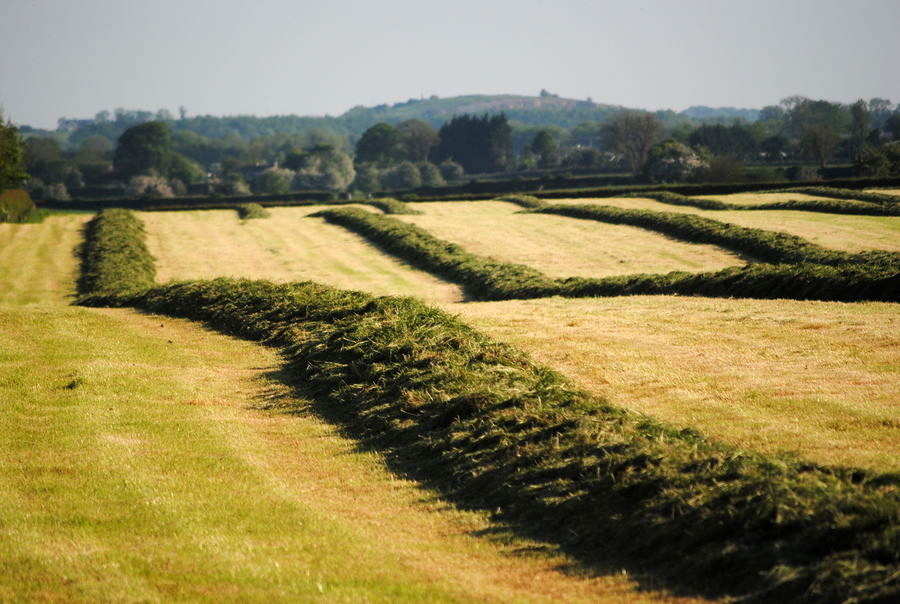In the months ahead a lot of time and money will be poured into harvesting the crops you’ve spent the entire growing season caring for. Decisions made last winter on seed, fertilizer, rotations etc. can be either lost or won during harvest and storage. To ensure all that effort and investment produces a nutrient rich and well protected feed source, we recommend discussing microbial silage inoculants with our agronomy staff or feed specialists. Here’s why: Silage fermentation will naturally occur under anaerobic conditions because of native bacteria on plants. However, the speed and efficiency of fermentation (drop in pH levels) varies, depending on quantity and types of lactic acid bacteria available. The rate of pH drop affects the amount of sugar utilized by bacteria; the preservation of protein; the amount of lactic acid, acetic acid, and ethanol produced; and ultimately, silage quality.
Selecting an Inoculant
Labeling of microbial inoculants is quite variable and can make it difficult to compare products. Live lactic acid bacteria per ton of crop ensiled should be at a minimum level of 90 billion CFU (colony forming units). The types of bacteria, stability and other characteristics should be factored when making a purchase. The side bar to the right provides some information, but we encourage you to ask a Northside agronomist or feed specialist for product recommendations or application specific for your crop and ensiling conditions.
A Few Tips for Harvest
- Achieving the proper DM content for the specific forage at harvest is important for maximizing nutrient preservation and feed intake by the animal. Corn is optimally harvested for silage between 32 and 38 percent DM. High-moisture corn (HMC) is best harvested at 68 to 72 percent DM. Corn harvested at greater than 32 percent DM will benefit from using a kernel processor—which can be beneficial for starch utilization.
- Maturity of corn for silage should be harvested when kernels are between one half to two thirds milk-line.
- Chop length is determined by your goals for dietary fiber (longer chop length) and has a direct impact on silage compaction (shorter chop length minimizes air infiltration after packing).
Be sure to get the most from your investment and crops at harvest this year, contact Northside Elevator today for consultation.
Silage Inoclulants Available from Northside:
Biotal Buchneri 500 for Corn Silage, High Moisture Corn & Snaplage (50 & 200TT)
Promotes faster, cooler fermentation early and keeps the bunker face cooler through feed out for better DM protection.Biotal Buchneri 40788 for High Moisture Corn (33 & 133TT)
Delivers the industry recommended level of 600,000 cfu’s/g of buchneri 40788 per gram of HMC.Biotal Silage Inoculant II for corn Silage & Haylage (50 & 200TT)
Designed for faster, cooler, “up front” fermentation saving the most valuable dry matter portion of the plant.We also carry a complete line of CHR. Hansen inoclulants. Call for details.
*Portions of content for this article was contributed by Lallemand Animal Nutrition.
